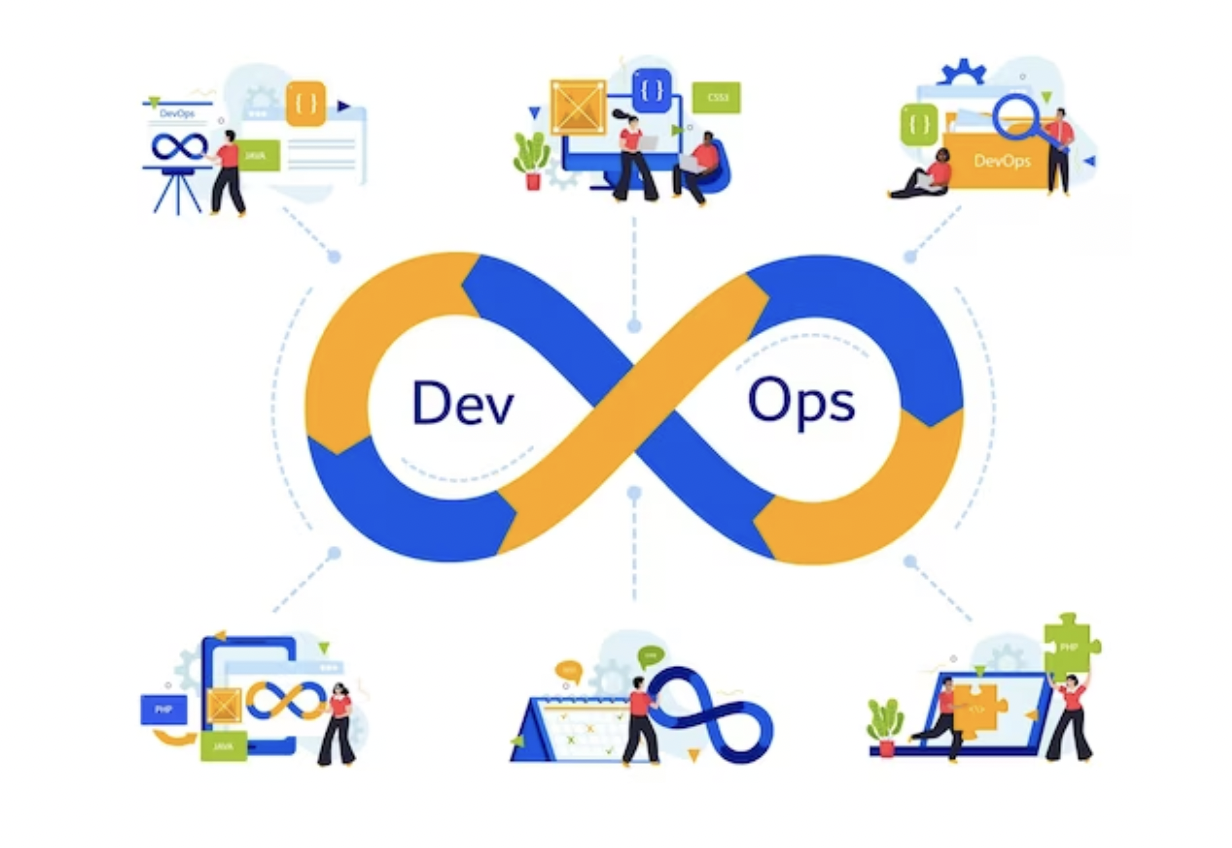Introduction
DevOps is a combination of development and operations aiming at increasing the speed and efficiency of software development. It tries to create high-quality software by combining and automating the work of development and IT operations teams.
The DevOps movement began around 2007 when the software development and IT operations communities were not satisfied with the traditional development model – developers who wrote the code worked separately from the operations teams that deployed and supported the code. This seclusion lacked cohesiveness of collaboration or synergy.
Nowadays, the best DevOps processes and cultures extend beyond and take inputs from other stakeholders also like security, compliance, risk management, line-of-business and customers.
According to Allied Market Research, the global DevOps market size was valued at $ 6.78 billion in 2020, and is projected to reach $57.90 billion by 2030, registering a growth rate of 24.2% from 2021 to 2030 which shows how important this philosophy is to businesses.
DevOps Practices
Continuous Integration: In this, developers continuously and regularly merge their code changes into a central repository, so that automated builds and tests can be run. By this, it becomes easier to find and address bugs, improve software quality and reduce the time it takes to validate new software updates.
Continuous Delivery: This is an extension of continuous integration, where all deployed code changes are furnished to a testing environment. This way, a deployment-ready build that has been through the testing process is always available.
Microservices: In this approach, a given application is built as a set of several small services. Each service runs its own process and communicates with other services through an interface, typically an HTTP-based application programming interface (API).
Infrastructure as code: This is a practice in which infrastructure is provisioned and managed using code and software development techniques. With a cloud API-driven model, system-administrators are able to interact with infrastructure programmatically, without the need for manually setting up and configuring resources.
Monitoring and Logging: In this practice, organizations monitor metrics and logs to see how changes and updates in applications impact the experience of the user. In this way they enhance their understanding of the kind of service the customer wants.
Communication and Collaboration: The way DevOps tooling and automation are framed encourages communication and collaboration by physically bringing together numerous workflows and responsibilities.
Benefits of DevOps
Speed: The DevOps model, while encouraging collaboration clearly demarcates roles and responsibilities, which allows teams to take ownership of services and thus work at faster rates.
Rapid Delivery: Due to continuous integration, delivery and testing deployable models can be served-up quickly, thus increasing the pace of delivery, leading to greater yield.
Reliability: With a clearly established model for teams to follow, the output product comes out foundationally strong and stable. It thus makes a strong case for customer satisfaction and pronounced reliability
Scale: Infrastructure as code helps you to manage the development, testing, and production environments in a repeatable and more efficient manner without the need for physical manual effort
Improved Collaboration: With both the DevOps tooling and cultural environment, areas of common responsibility and interest are created which enhances cohesiveness and synergy between teams
Security: By using automated compliance policies, fine-grained controls, and configuration management techniques in a DevOps Model, one can build integrated security in the software
Final Note
Adopting DevOps breaks down barriers removing the segmentation of the development and operations teams. A more efficient way to work across the entire development and support lifecycle is established. Without DevOps, organizations experience friction, which delays the timely delivery of software releases and negatively impacts business results.
The COVID-19 outbreak had a positive impact on the growth of the DevOps market owing to the sudden need to reduce physical contact and the consequential increase in demand for software. There was a growing need for DevOps solutions to streamline the process of App Development for promoting collaboration between the relevant entities of the software development cycle.
The DevOps model turned out to be an organization’s answer to increasing operational efficiency, accelerating delivery, and innovating products. Organizations that have implemented a DevOps culture have experienced the benefits of increased collaboration, fluid response, and shorter return times.
Image Sourced from Freepik
